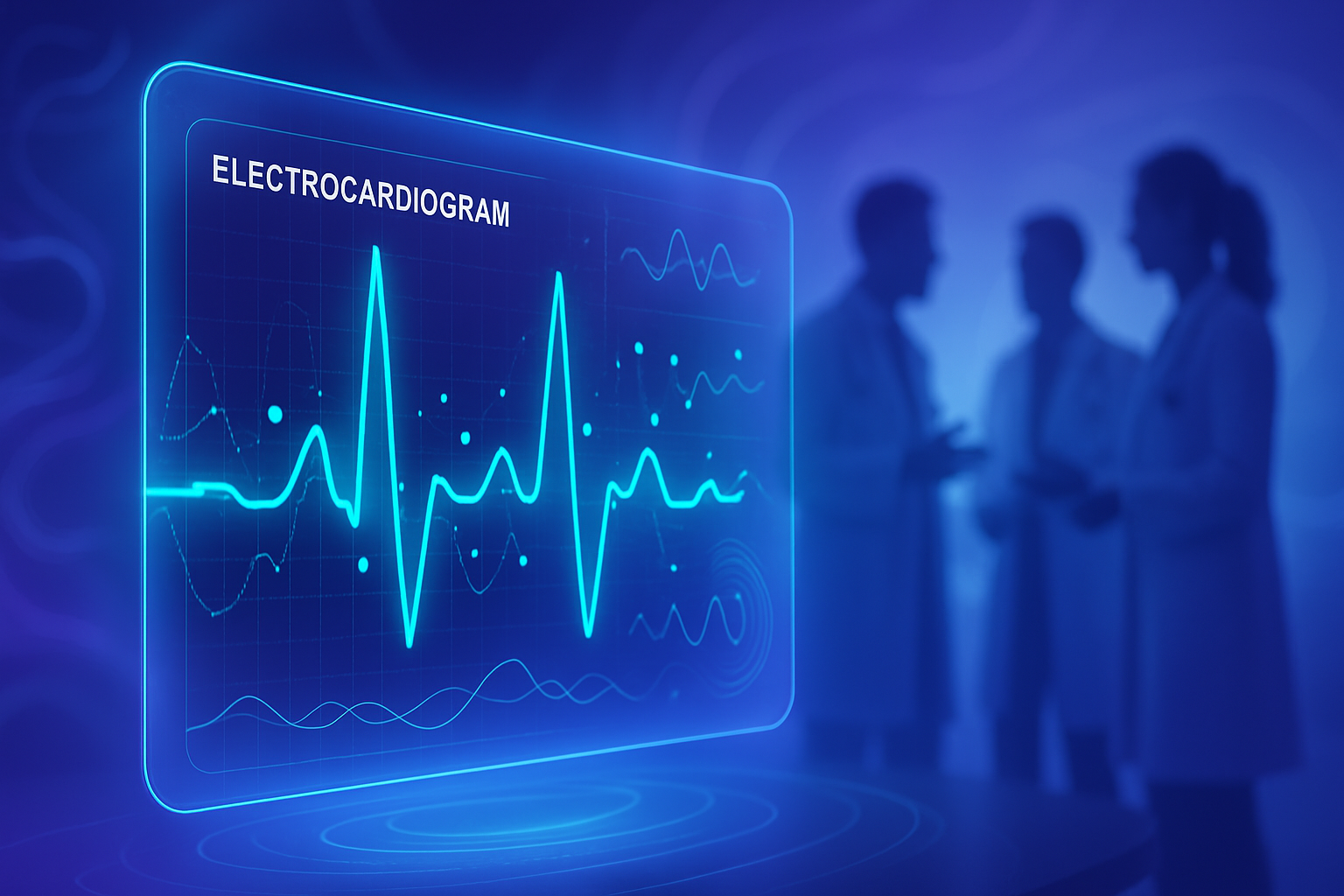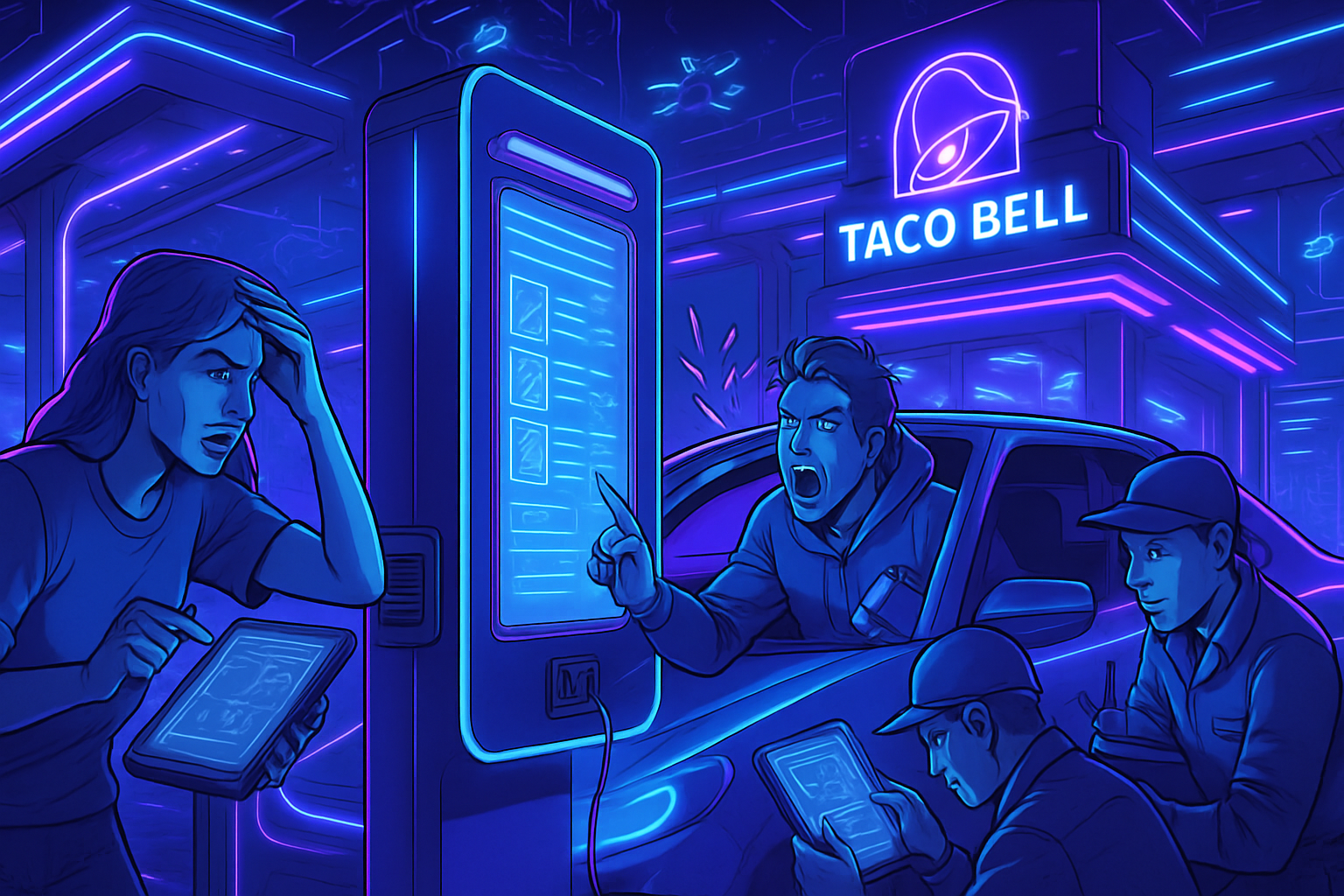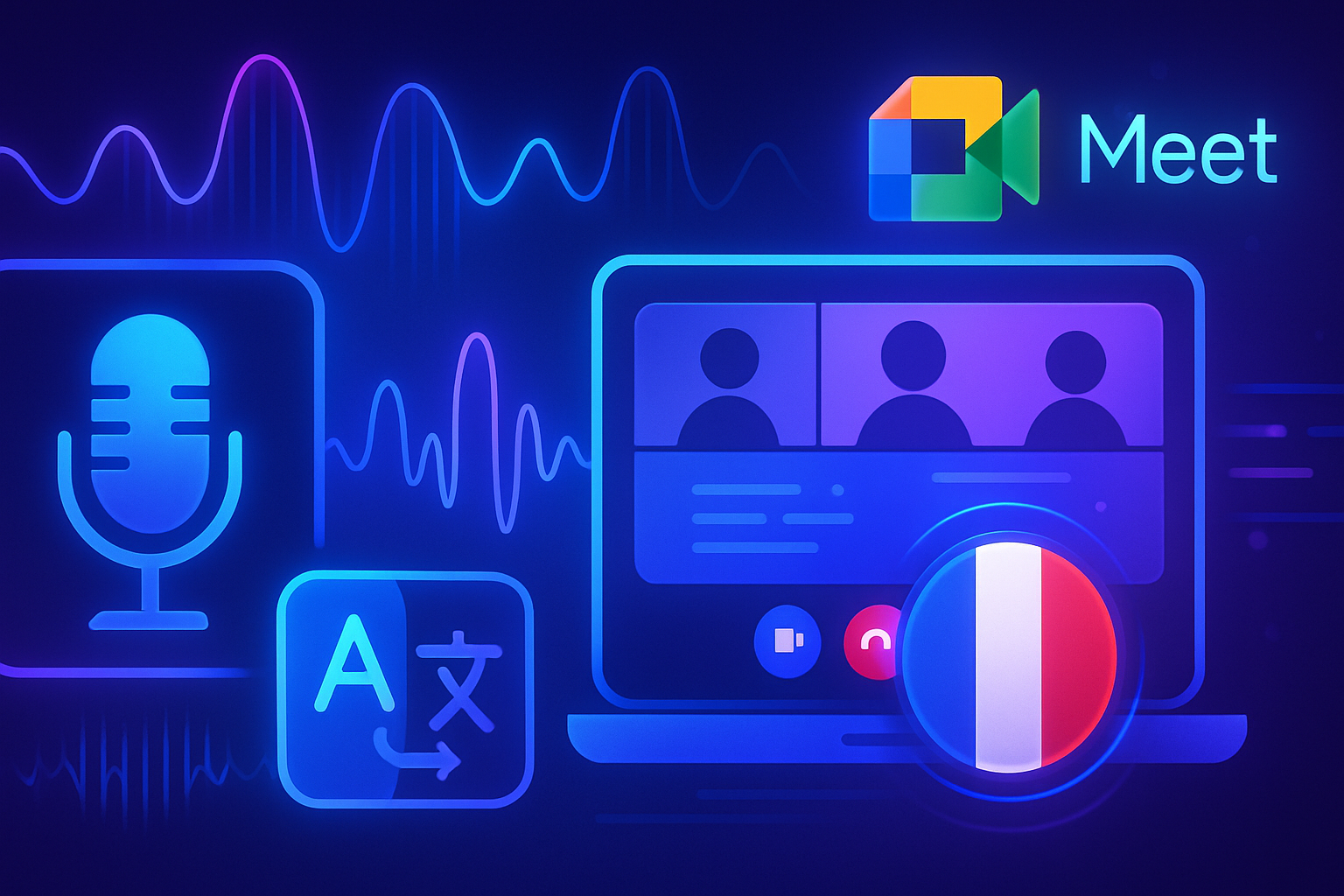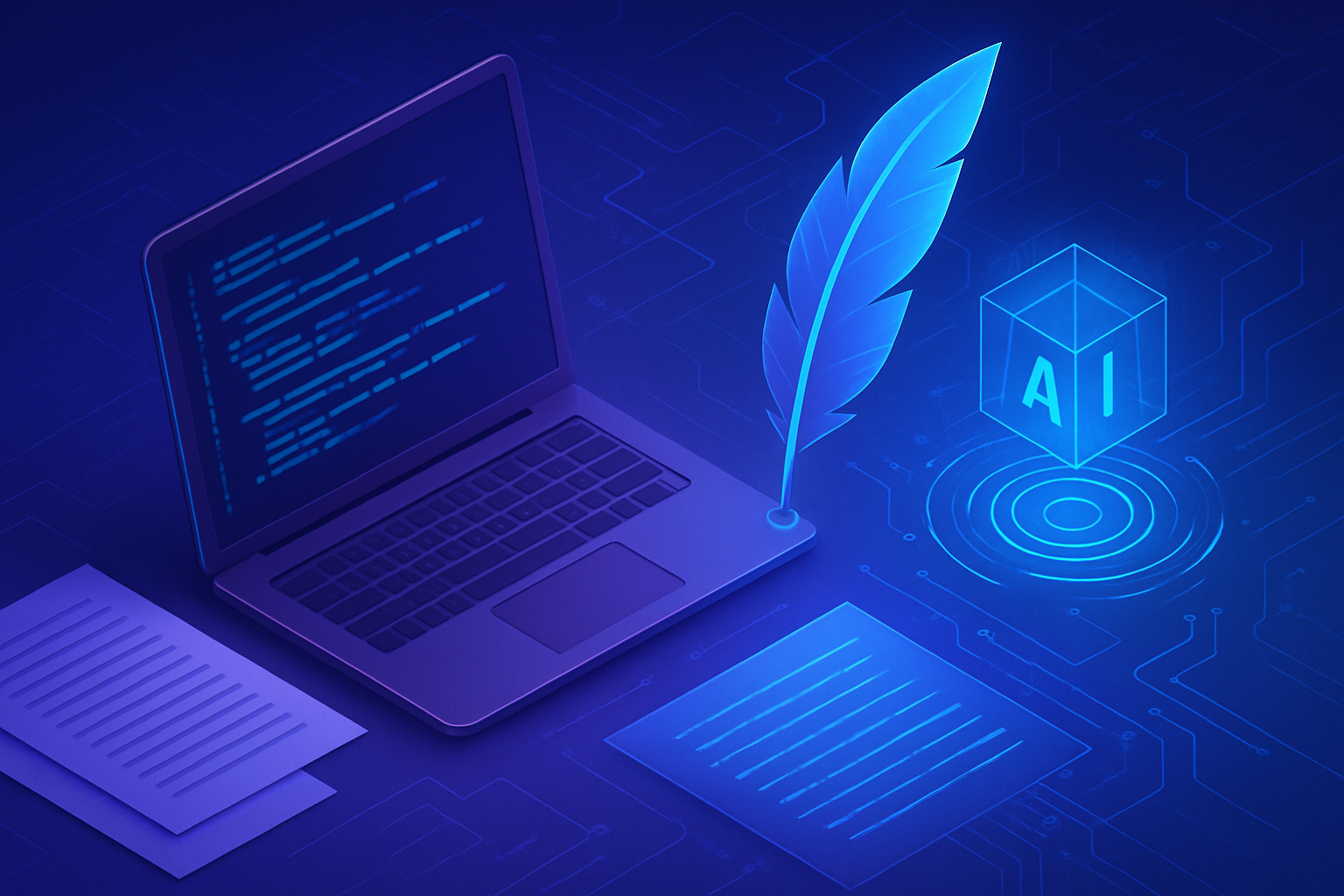The optimization of artificial intelligence systems relies on crucial strategic choices for the future of businesses. RAG and RIG emerge as innovative solutions, each offering distinct methodologies. Understanding their mechanisms allows for the anticipation of trends that redefine the digital landscape.
_While RAG favors a linear approach_, _RIG introduces dynamic interactivity with databases_. Each method addresses specific needs, making the selection essential for maximizing performance. _The challenge lies in a company’s ability to choose the right system._
RAG: The lever of augmented retrieval
The Augmented Retrieval Generation (RAG) constitutes a well-established approach, adopted by many companies to optimize their artificial intelligence systems. By relying on pre-existing content, RAG offers a three-step framework: transforming the user’s question into a digital vector, searching for similar documents in a vector database, and finally, generating a unique response by the LLM. This procedure ensures the relevance of the answers provided, particularly for simple queries.
RIG: An innovative approach
The Retrieval Interleaved Generation (RIG), a relatively recent method, transcends the limits of RAG by integrating an iterative dynamic into the response generation process. Popularized by researchers at Google, RIG aims to reduce the hallucinations observed in large language models. Unlike RAG, RIG allows the LLM to query the database multiple times during text generation, resulting in superior accuracy and deeper contextualization.
The fundamental differences between RAG and RIG
The RAG process follows a linear model, while RIG adopts an interactive structure, allowing language models to formulate their own queries. For example, when the LLM generates an assertion that requires a statistic, it interrupts the discourse to obtain the relevant information via a structured query. This mechanism enhances the quality of the responses and delivers more accurate results, particularly in contexts requiring specific data.
Advantages and challenges of RIG
RIG reveals numerous advantages by facilitating the generation of tailored responses. Thanks to its interaction capability, the LLM transforms complex queries into accessible information, making the responses much more documented. In applications where precision is paramount, RIG proves advantageous, but its implementation requires meticulous adjustment of models to ensure proficiency in query creation. Deployment in production can lead to increased computational costs, posing a challenge for organizations.
Use cases: When to choose RAG or RIG?
The choice between RAG and RIG depends on the nature of the queries to be processed. RAG shines when questions are simple and do not require excessive depth. Thus, many applications, including basic chatbots, can suffice with this method without additional complications. In contrast, RIG impresses in scenarios where complex interactions and sophisticated queries are necessary. For example, systems using SQL databases can leverage this approach to navigate between different levels of information.
Testing RIG in specific contexts allows for the evaluation of its effectiveness in particular use cases, such as AI-assisted virtual agents, where dynamic and precise responses are crucial. Paradoxically, RAG remains a reliable option for setups requiring simplicity in execution.
FAQ on RAG or RIG: Which system to adopt to optimize your artificial intelligence?
What is the main difference between RAG and RIG?
The RAG (Augmented Retrieval Generation) operates linearly using a pre-defined context to respond to requests, whereas the RIG (Interleaved Retrieval Generation) allows for a more dynamic interaction between the model and the database, with real-time queries for more accurate responses.
In what cases should I prioritize the use of RIG over RAG?
RIG is particularly suitable for complex queries requiring an iterative exploration of structured data, such as in scenarios where precise or updated information is essential.
Does RIG have cost advantages over RAG?
While RIG may provide more relevant responses, it can also result in higher costs due to the increased number of queries to the database, necessitating careful assessment based on the specific needs of the business.
Is RAG sufficient for general-purpose chatbots?
Yes, RAG remains an effective option for general-purpose chatbots where simple, factual responses are adequate, as it allows for quicker and less complex deployment in this type of context.
How does RIG help minimize hallucinations in language models?
RIG enables language models to formulate their own queries to obtain precise data, reducing the risks of errors or hallucinations by relying on verified information in real time.
What skills are necessary to deploy RIG in a business environment?
Deploying RIG requires expertise in development, particularly the ability to fine-tune models to execute structured queries accurately and ensure effective integration with databases.
Is RIG slower than RAG in terms of user response?
Due to the multiple querying of the database, RIG may have a slightly higher latency compared to RAG, especially in rapid response scenarios.
What are the ideal use cases for RAG and RIG?
RAG is ideal for simple and straightforward questions, while RIG excels in situations requiring in-depth inquiries and dynamic data, such as in detailed data analysis.






